What Magnification Binoculars For Astronomy ?
The recommended magnification for binoculars for astronomy is between 7x and 10x. Binoculars with higher magnification may provide a closer view of celestial objects, but they also tend to have a narrower field of view, making it more difficult to locate objects in the sky. Additionally, higher magnification binoculars may require a tripod or other stabilizing device to prevent image shake. Therefore, it is generally recommended to choose binoculars with a lower magnification for astronomy, as they provide a wider field of view and are easier to use without additional equipment.
1、 Magnification range for astronomy binoculars
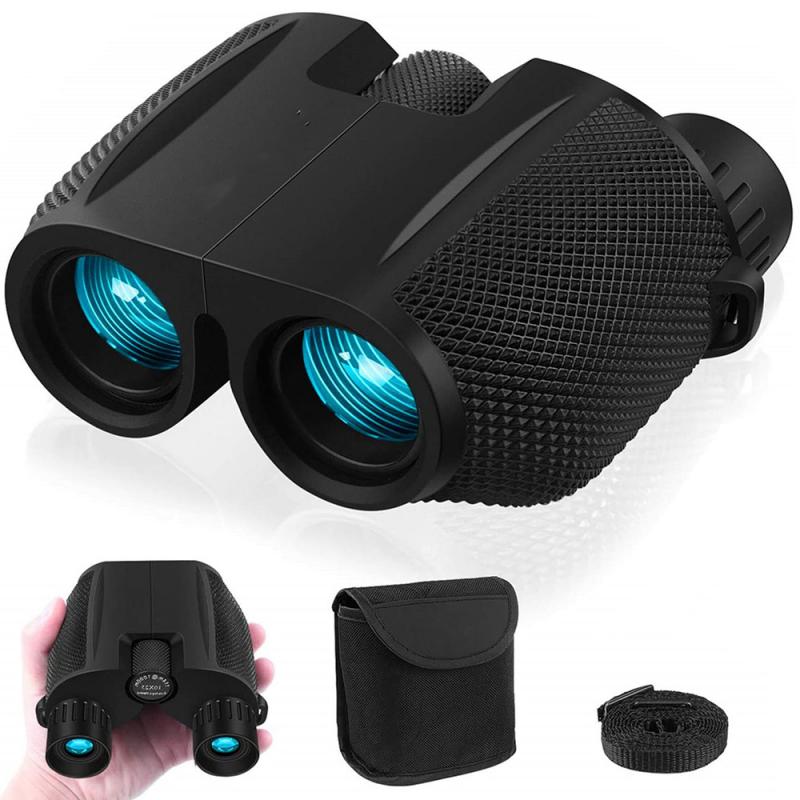
What magnification binoculars for astronomy is a common question among amateur astronomers. The answer to this question depends on several factors, including the observer's experience level, the observing conditions, and the intended use of the binoculars.
Generally, the recommended magnification range for astronomy binoculars is between 7x and 10x. Binoculars with higher magnification may provide a closer view of celestial objects, but they also have a narrower field of view, making it more difficult to locate objects. Additionally, higher magnification binoculars require a steady hand or tripod to prevent image shake.
It is also important to consider the aperture size of the binoculars. The aperture is the diameter of the objective lens and determines the amount of light that enters the binoculars. Larger apertures provide brighter and clearer images, making it easier to observe faint objects.
In recent years, there has been a growing trend towards using low-power, wide-field binoculars for astronomy. These binoculars typically have a magnification of 7x or 8x and a wide field of view, making it easier to locate and observe objects. They are also more portable and easier to use than larger, higher magnification binoculars.
Ultimately, the best magnification range for astronomy binoculars depends on the observer's preferences and observing conditions. It is recommended to try out different binoculars and magnifications to find the best fit for your needs.
2、 Objective lens size for astronomy binoculars

"What magnification binoculars for astronomy?" is a common question among amateur astronomers. The answer to this question depends on several factors, including the observer's experience level, the observing conditions, and the intended use of the binoculars.
In general, most astronomers recommend binoculars with a magnification of 7x to 10x for astronomy. This range provides a good balance between magnification and stability, allowing for a clear and steady view of the night sky. Higher magnifications can be difficult to hold steady, especially without a tripod, and can also result in a narrower field of view, making it harder to locate objects in the sky.
However, some experienced observers may prefer higher magnifications, such as 12x or 15x, for specific observing tasks, such as studying the moon or planets. In these cases, a tripod or other stabilizing device is recommended to ensure a steady view.
Another important factor to consider when choosing astronomy binoculars is the objective lens size. The larger the objective lens, the more light the binoculars can gather, resulting in a brighter and clearer image. For astronomy, objective lens sizes of 50mm or larger are recommended, with 70mm or 80mm lenses being ideal for serious observers.
It's worth noting that there is some debate among astronomers about the ideal magnification and objective lens size for astronomy binoculars. Some argue that lower magnifications and smaller objective lenses are sufficient for casual observing, while others prefer higher magnifications and larger lenses for more detailed observations.
Ultimately, the best binoculars for astronomy will depend on the observer's individual preferences and needs. It's important to do your research and consider factors such as magnification, objective lens size, and price before making a purchase.
3、 Exit pupil and eye relief considerations
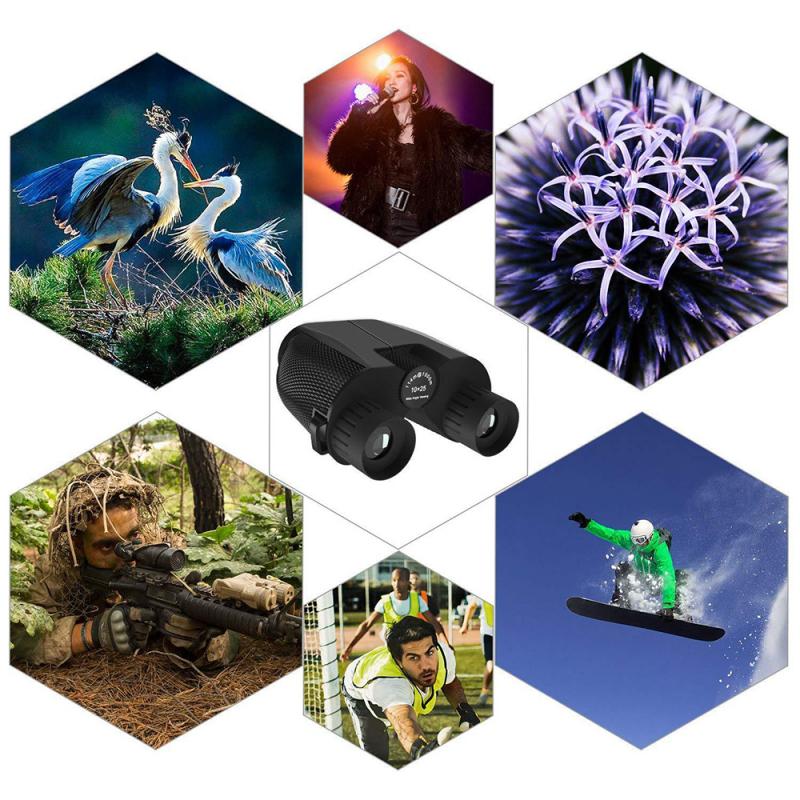
What magnification binoculars for astronomy is a common question among stargazers. The answer depends on several factors, including the observer's experience level, the intended use of the binoculars, and the observing conditions. Generally, a magnification of 7x to 10x is recommended for astronomy binoculars. Higher magnifications may result in a narrower field of view, making it difficult to locate objects in the sky.
However, it's important to consider other factors such as exit pupil and eye relief when choosing binoculars for astronomy. Exit pupil refers to the size of the beam of light that exits the eyepiece and enters the observer's eye. For astronomy, a larger exit pupil is preferred as it allows more light to enter the eye, resulting in brighter and clearer images. A good rule of thumb is to choose binoculars with an exit pupil of at least 5mm.
Eye relief is the distance between the eyepiece and the observer's eye. It's important to choose binoculars with sufficient eye relief, especially for those who wear glasses. A minimum of 15mm of eye relief is recommended for comfortable viewing.
In recent years, there has been a growing trend towards using lower magnification binoculars for astronomy, such as 7x or 8x. This is because they offer a wider field of view, making it easier to locate objects in the sky. Additionally, lower magnification binoculars are often more stable and easier to hold steady, resulting in less eye strain and fatigue during extended observing sessions.
In conclusion, when choosing binoculars for astronomy, it's important to consider factors such as magnification, exit pupil, and eye relief. A magnification of 7x to 10x is generally recommended, but lower magnification binoculars may be more suitable for some observers. Ultimately, the best binoculars for astronomy are those that meet the observer's specific needs and preferences.
4、 Coating and prism quality for optimal viewing
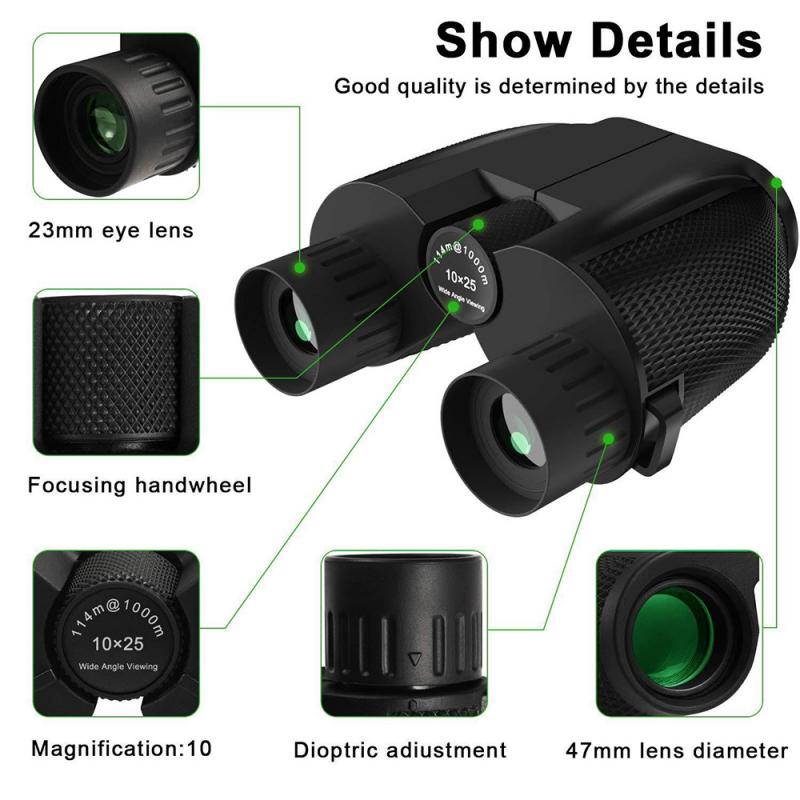
What magnification binoculars for astronomy is a common question among stargazers. The answer depends on various factors, including the observer's experience, the type of celestial objects they want to observe, and the atmospheric conditions. Generally, binoculars with magnifications between 7x and 10x are suitable for astronomy. Higher magnifications may result in a shaky image due to the observer's hand movements and atmospheric turbulence.
Apart from magnification, coating and prism quality are crucial factors that determine the optimal viewing experience. Coatings on the lenses reduce glare and improve light transmission, resulting in brighter and sharper images. The best coatings are fully multi-coated, which means that all air-to-glass surfaces have multiple layers of anti-reflective coatings.
Prisms are responsible for inverting the image and correcting the orientation. The two types of prisms used in binoculars are Porro and Roof prisms. Porro prisms are bulkier but offer better image quality, while Roof prisms are more compact and durable. The latest trend in prism technology is dielectric coatings, which provide higher reflectivity and better color accuracy.
In conclusion, the optimal binoculars for astronomy should have a magnification between 7x and 10x and high-quality coatings and prisms. However, the best binoculars for astronomy are the ones that suit the observer's preferences and budget. It is advisable to test different models before making a purchase and to consider other factors such as weight, size, and eye relief.







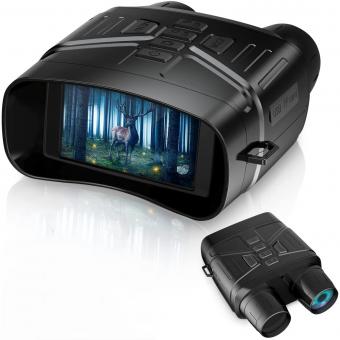



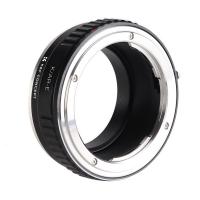
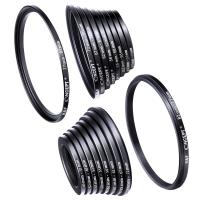




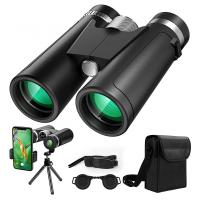


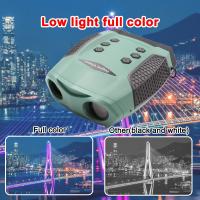

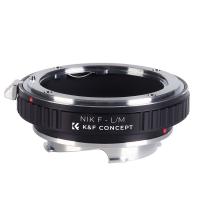


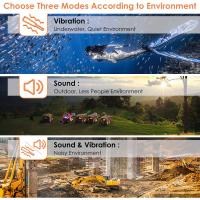
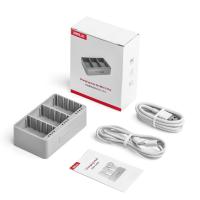
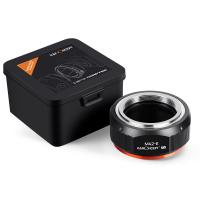

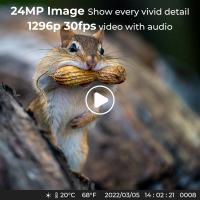
There are no comments for this blog.